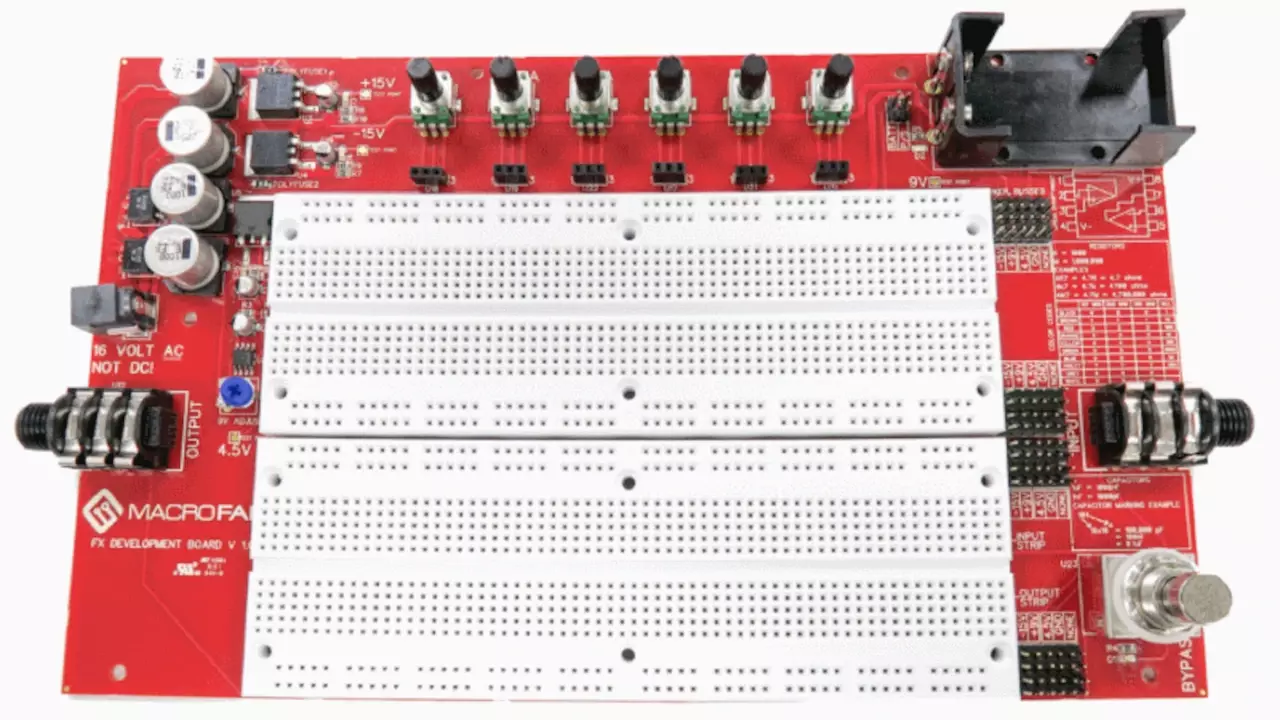Related Topics
Ridiculous Relay Ratings
On this episode, Parker sifts through marketing gimmicks for component ratings and Stephen discusses dual rail power supply designs.
Kicking Troglodytes Off The Stage
PCB serial numbering? Parker and Stephen cover their thoughts on applying a unique identifier to PCBs in production for inventory and testing control.
Cooking with Gears with MacroFab
Parker and Stephen go over the design entrees for Stephen's design challenge!
Other Resources
Circuit Break Podcast
Webinars
Videos
Tour MacroFab's ITAR-Compliant Facility
January 13, 2017, Episode #50
- Continuing from last weeks discussion of the two conference room names at MacroFab HQ.
- Emmett Naughton on twitter says: Conference Room A: The Hertz Locker and Conference Room B: The Thunder Ohm.
- Parker is making plaques for the conference room doors now out of PCBs.
- Space Echo Update! Last week Parker and Stephen asked for some clarification on some old school audio measurements so they could calibrate the Space Echo.
- Steve Kuehn a self proclaimed gray beard from Austin says the following. 0 dBm in the audio business refers to voltage level that will produce 1milliWatt into a 600 ohm load. But over the years, it refers to a voltage level even if you are not aren’t using a 600 ohm load so it is a little of a misnomer. If you do the math, 0 dBm is the same as 775mVrms sine wave signal source. -50dBm would be 2.45mVrms.
- FX DEV BOARD IS LIVE!! Check out the Crowdsupply page and get one! See Figure 1!
- Dual solderless breadboards
- 2.1 mm dc input jack for use with AC-to-AC wall wart
- +/- 15 volt @ 200 mA power supplies with over-current protection
- +1.25 to 9 V @ 150 mA adjustable power supply
- Split voltage rail (1/2*9 Volt Rail) @ 15 mA for use as a virtual ground
- User selectable power supply or 9 V battery
- User selectable power supply connections to breadboard
- ¼” input and output jacks directly connected to breadboard
- “True bypass” switching to automatically switch circuit on and off
- Multiple integrated potentiometers
- Useful diagrams and tables written directly on silkscreen
- Amazon Echo Kill Switch by Sparkfun
- ALEXA KILLSWITCH. See Figure 2.
- Build a power switch for the Amazon Echo that can be activated from a voice command
- The idea is simple: you say a particular phrase, such as “Alexa, trigger kill switch,” which activates an IFTTT applet that calls a function on the Particle Photon. The Photon controls a transistor that cuts power to the Echo.
- To turn it back on, you’ll need to press the button on the breadboard or create another IFTTT applet that causes the Photon to reconnect the power.
- Arduino powered Honeypot
- A honeypot is a device meant to attract/pre-occupy hackers, by providing something like a red herring to them; in this case, a system which looks and feels like an ancient bank credit card processing gateway from the 1980’s… complete with slow-speed 1200 baud, and uppercase-only text.
- To see it for yourself, just use PuTTY (or actual telnet) to m80.ddns.net, port 23.
- Peeqo – Robot that responds with gifs
- Best IoT “companion” robot of all time.
- Screen on the front with eyes. Has a complex animatronics inside for movement.
- Ask it to do tasks and it will respond with a relevant gif and act accordingly if it feels like it.
- Build Log!
About the Hosts

Parker Dillmann
Parker is an Electrical Engineer with backgrounds in Embedded System Design and Digital Signal Processing. He got his start in 2005 by hacking Nintendo consoles into portable gaming units. The following year he designed and produced an Atari 2600 video mod to allow the Atari to display a crisp, RF fuzz free picture on newer TVs. Over a thousand Atari video mods where produced by Parker from 2006 to 2011 and the mod is still made by other enthusiasts in the Atari community.
In 2006, Parker enrolled at The University of Texas at Austin as a Petroleum Engineer. After realizing electronics was his passion he switched majors in 2007 to Electrical and Computer Engineering. Following his previous background in making the Atari 2600 video mod, Parker decided to take more board layout classes and circuit design classes. Other areas of study include robotics, microcontroller theory and design, FPGA development with VHDL and Verilog, and image and signal processing with DSPs. In 2010, Parker won a Ti sponsored Launchpad programming and design contest that was held by the IEEE CS chapter at the University. Parker graduated with a BS in Electrical and Computer Engineering in the Spring of 2012.
In the Summer of 2012, Parker was hired on as an Electrical Engineer at Dynamic Perception to design and prototype new electronic products. Here, Parker learned about full product development cycles and honed his board layout skills. Seeing the difficulties in managing operations and FCC/CE compliance testing, Parker thought there had to be a better way for small electronic companies to get their product out in customer's hands.
Parker also runs the blog, longhornengineer.com, where he posts his personal projects, technical guides, and appnotes about board layout design and components.

Stephen Kraig
Stephen Kraig is a component engineer working in the aerospace industry. He has applied his electrical engineering knowledge in a variety of contexts previously, including oil and gas, contract manufacturing, audio electronic repair, and synthesizer design. A graduate of Texas A&M, Stephen has lived his adult life in the Houston, TX, and Denver, CO, areas.
Stephen has never said no to a project. From building guitar amps (starting when he was 17) to designing and building his own CNC table to fine-tuning the mineral composition of the water he uses to brew beer, he thrives on testing, experimentation, and problem-solving. Tune into the podcast to learn more about the wacky stuff Stephen gets up to.
Special thanks to whixr over at Tymkrs for the intro and outro!
Related Podcasts

I.O.H. Internet of Howitzers
On this Episode, Parker and Stephen discuss android powered artillery, flip-pins, and Amazon Alexa always listening...
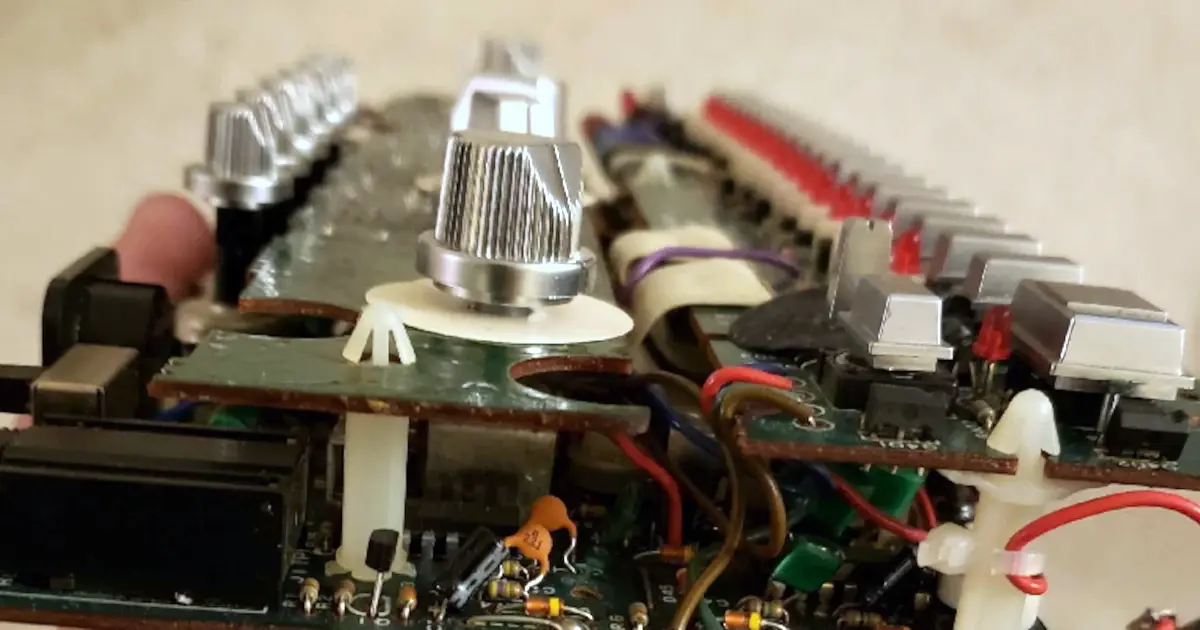
Kicking Troglodytes Off The Stage
PCB serial numbering? Parker and Stephen cover their thoughts on applying a unique identifier to PCBs in production for inventory and testing control.
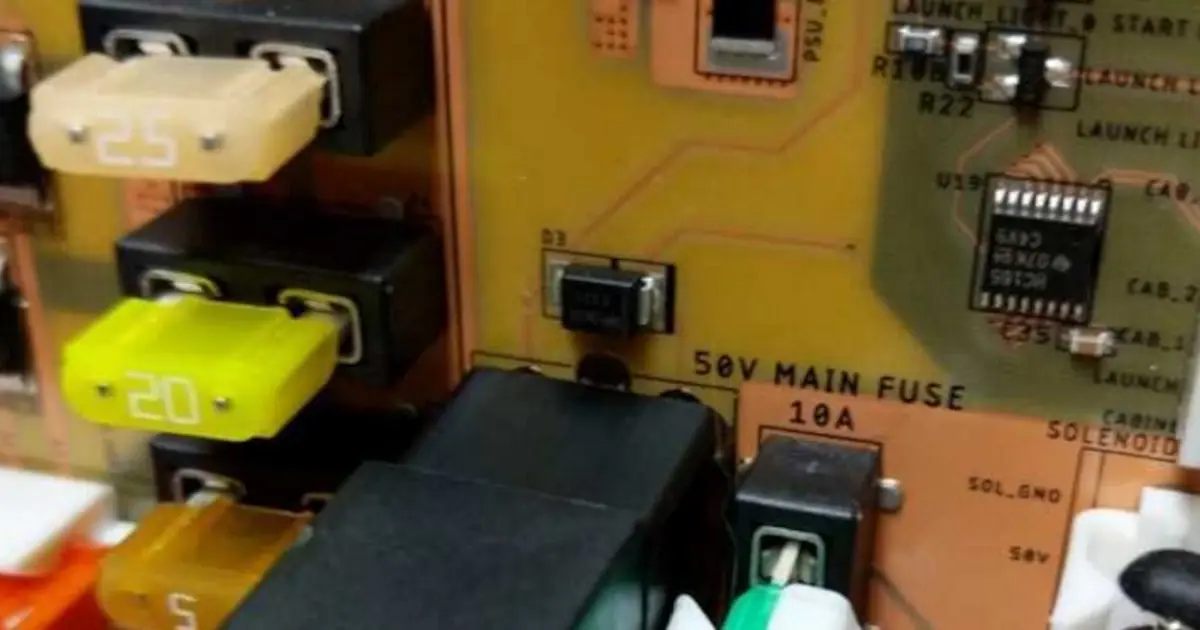
Ridiculous Relay Ratings
On this episode, Parker sifts through marketing gimmicks for component ratings and Stephen discusses dual rail power supply designs.
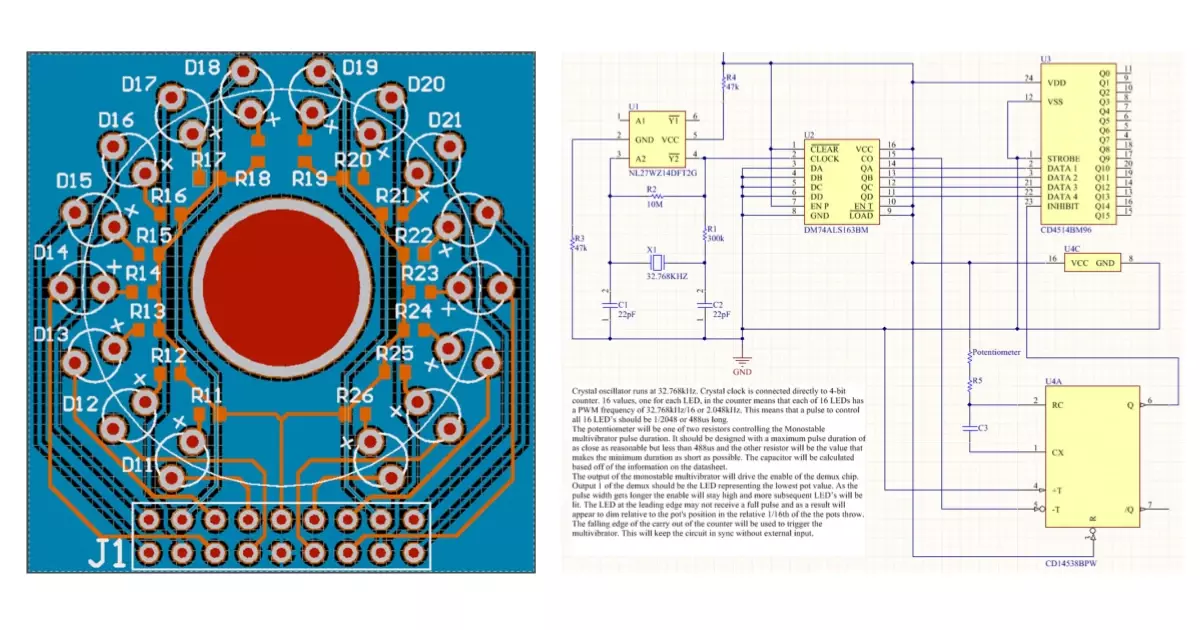
Cooking with Gears with MacroFab
Parker and Stephen go over the design entrees for Stephen's design challenge!
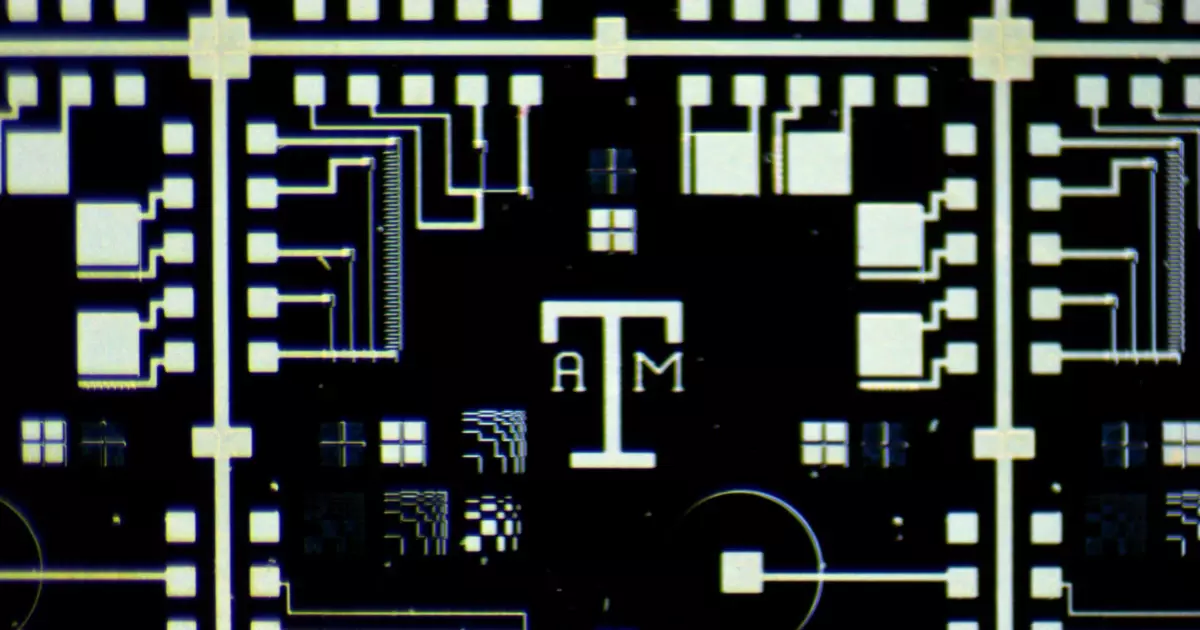
No Flex Allowed
On this Episode, Stephen and Parker talk about binned LEDs and what to look out for with mounting holes on PCBs.
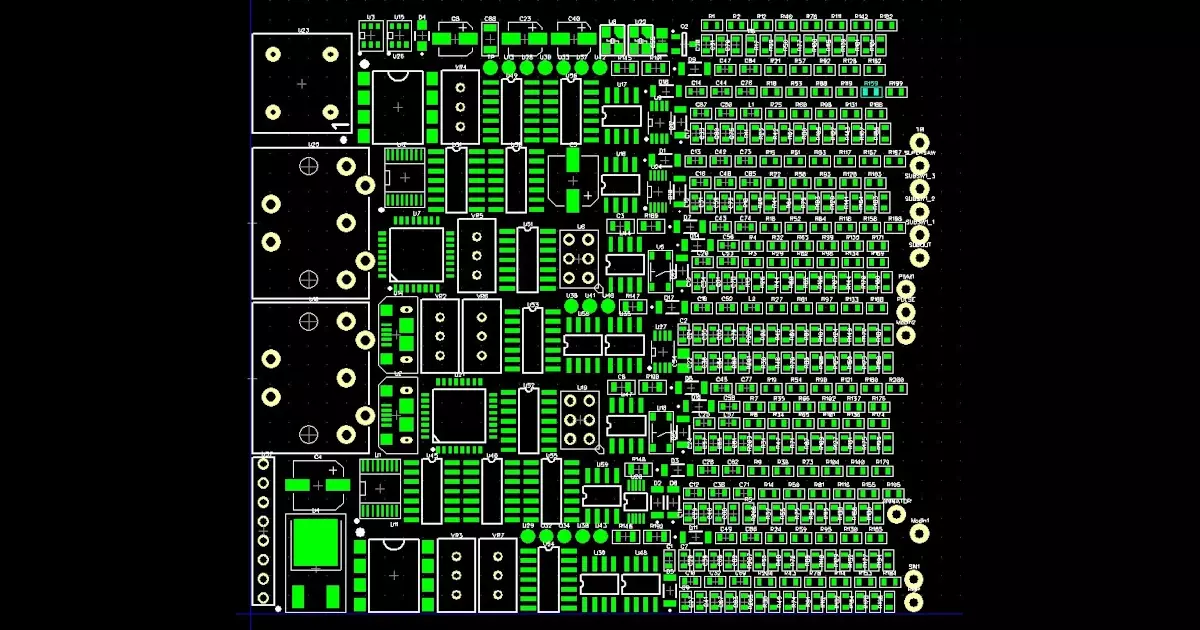
Anti Fitbits
On this Episode, Parker and Stephen talk about silkscreen markings on diodes and tracking beer drinking.
About MacroFab
MacroFab offers comprehensive manufacturing solutions, from your smallest prototyping orders to your largest production needs. Our factory network locations are strategically located across North America, ensuring that we have the flexibility to provide capacity when and where you need it most.
Experience the future of EMS manufacturing with our state-of-the-art technology platform and cutting-edge digital supply chain solutions. At MacroFab, we ensure that your electronics are produced faster, more efficiently, and with fewer logistic problems than ever before.
Take advantage of AI-enabled sourcing opportunities and employ expert teams who are connected through a user-friendly technology platform. Discover how streamlined electronics manufacturing can benefit your business by contacting us today.
